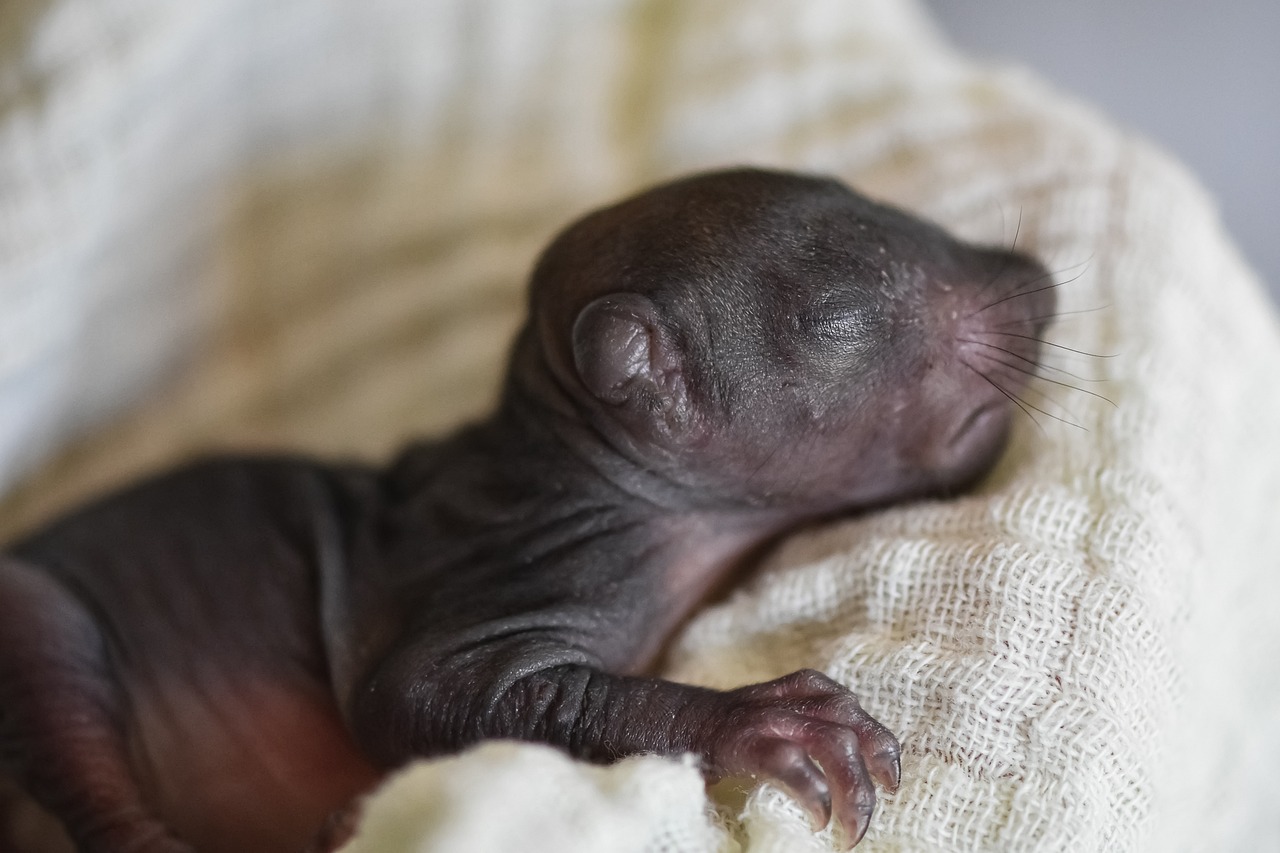As the seasons change, different wildlife species will be seeking out protected places to safely lay their eggs or birth their young.
Keep a look out for activity in and out of rooflines where you may see birds and squirrels with nesting materials, or under decks/storage areas where skunks and raccoons are looking to make a cozy den.
Know the signs.
Should wildlife exclusion need to take place on your structure, our team is trained to identify den/nesting sites as well as find the presence of babies. As we hold the welfare of wildlife as a top priority, we understand the breeding seasons of the different wildlife species and are specialists at looking for signs which may indicate young onsite.
We will not seal up a structure without confirming that there are no babies in the structure which we do using a variety of species-specific methods.
Ideally getting wildlife out of your structure with pest proofing and one way doors before babies are present is the first approach, as this will ensure the respective mother has enough time to seek out an alternative safe nesting site. However if babies are found during service, our team will easily adapt their approach and provide all the necessary support.
Once born or hatched typically mothers will hunker down nurse their offspring which once mobile will follow her out. However you may hear other pest control companies providing removal and placement in reuniting chambers for mothers to take away. We don't offer this option for several welfare related reasons as this leaves the young - often still pink, blind and helpless - exposed to the elements and at high risk of predation.
More often than not, babies end up dying which is not something we will tolerate when working with wildlife removal.
Earlier removal of babies by our team will depend on the stage of development which varies between species as well as their access.
Whether you have squirrels, raccoons, skunks or birds our team are trained to support all members of the family for safe removal and best chance at continued care.


